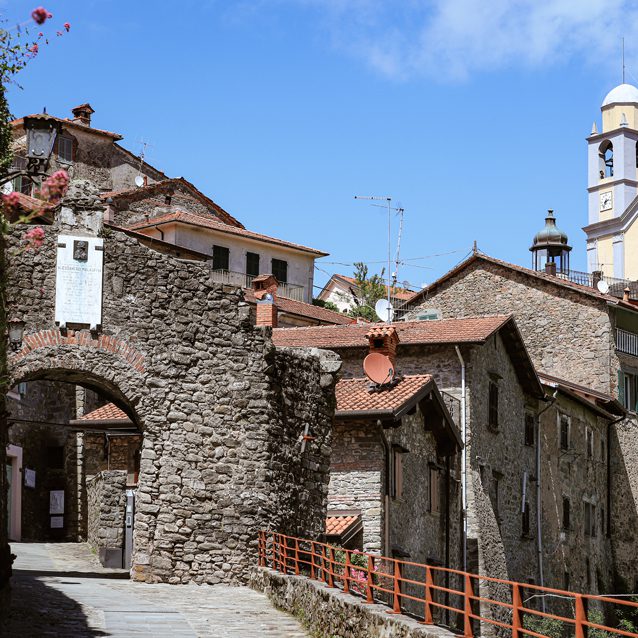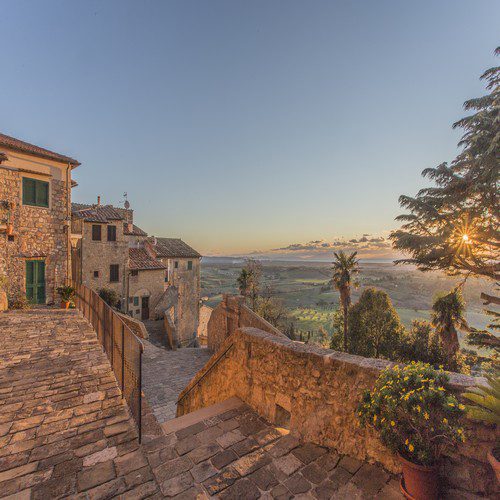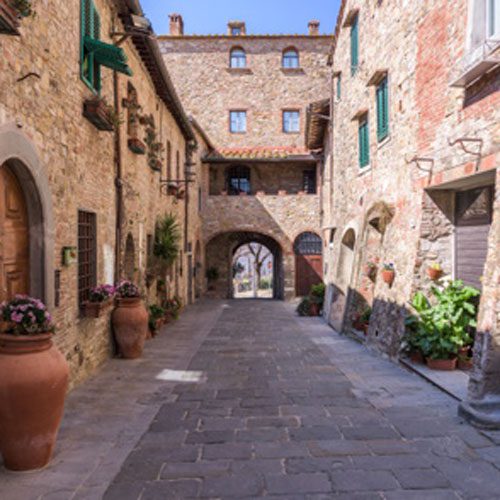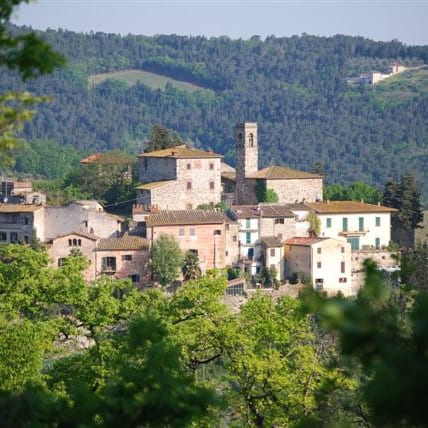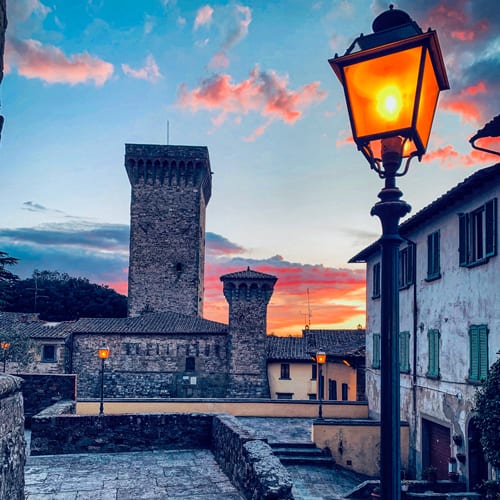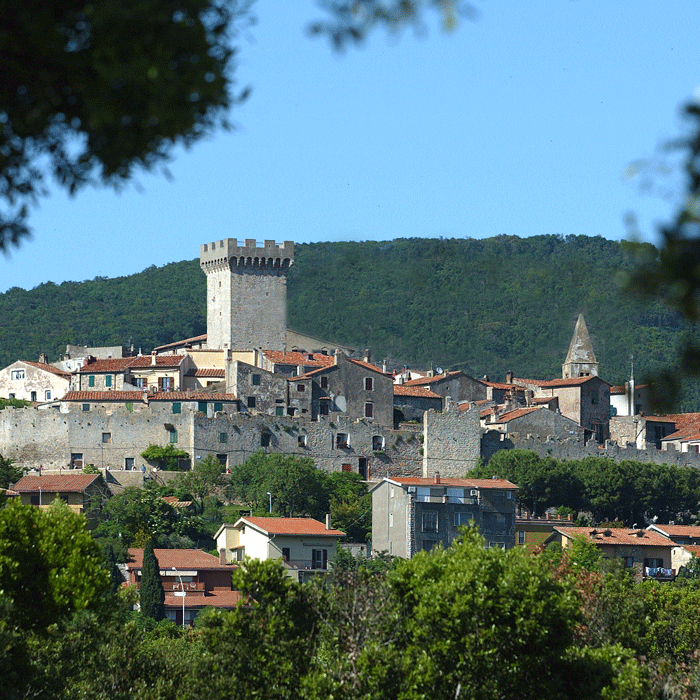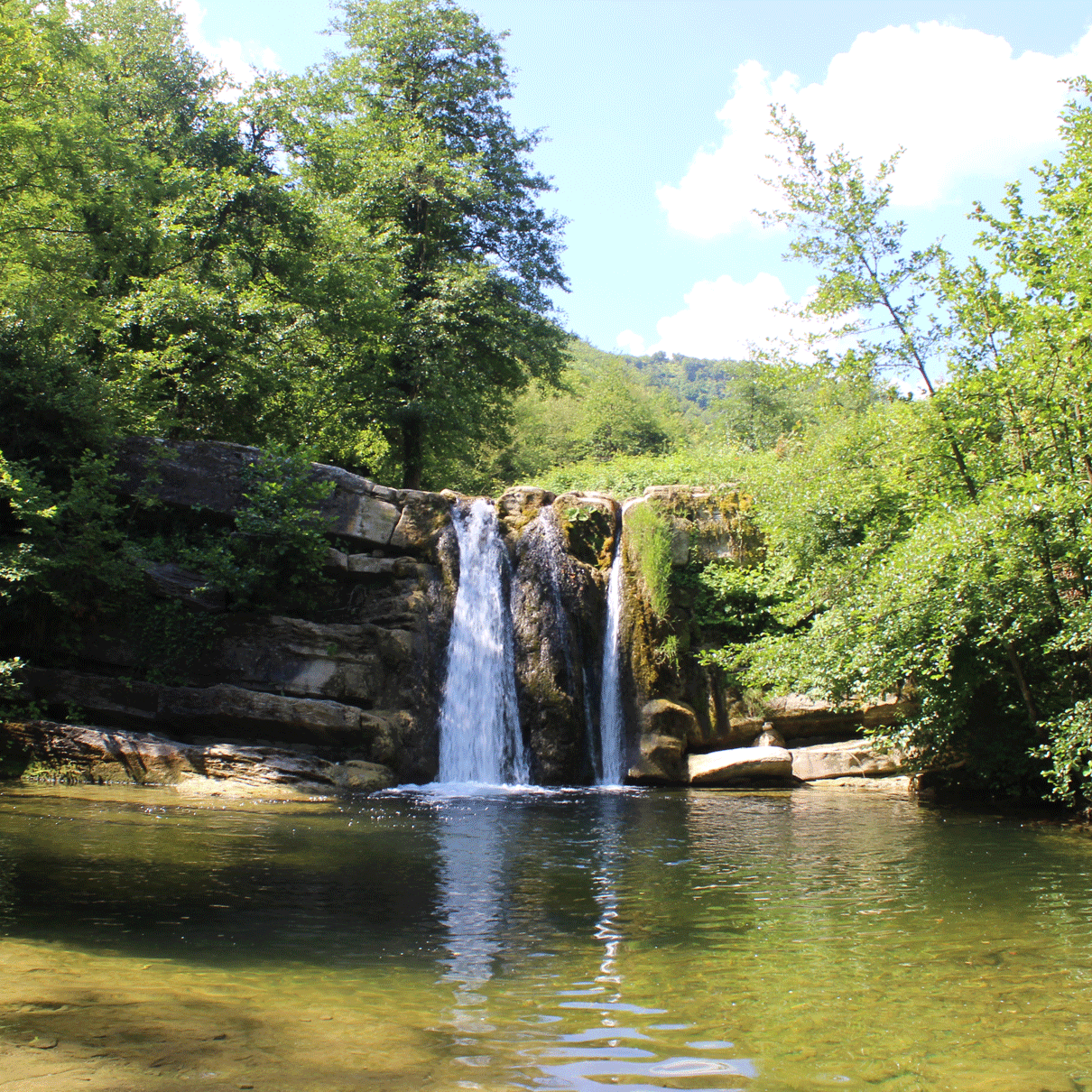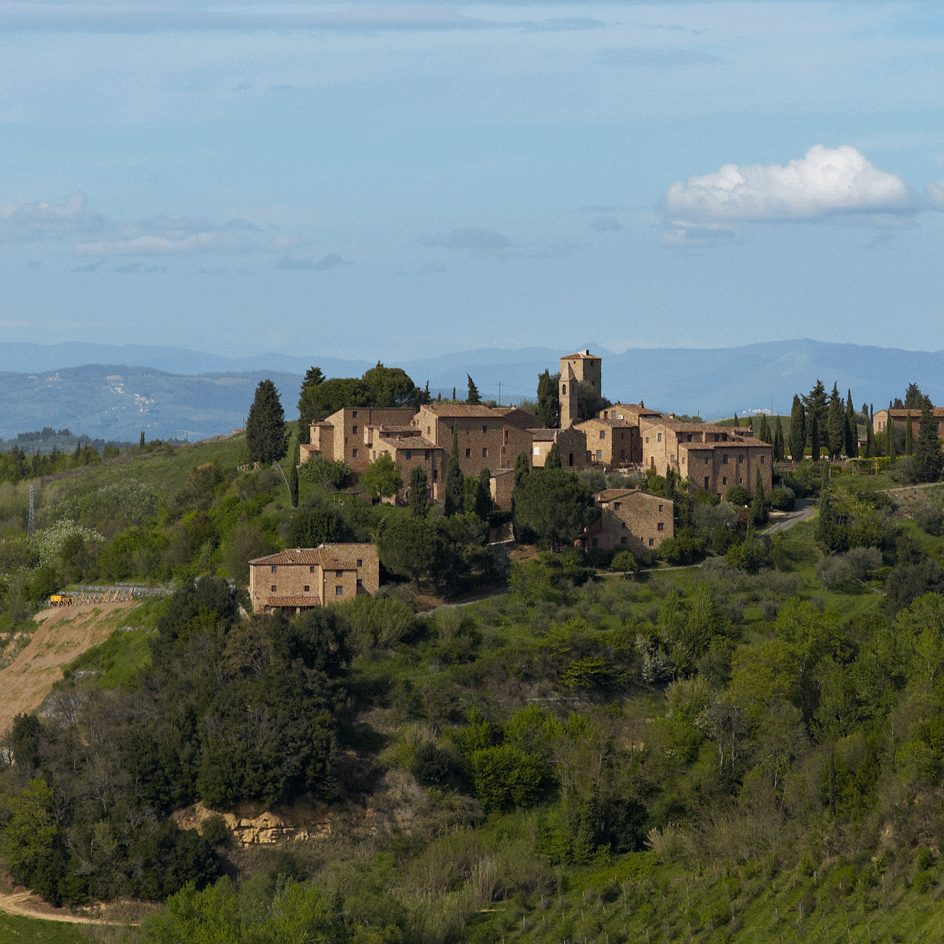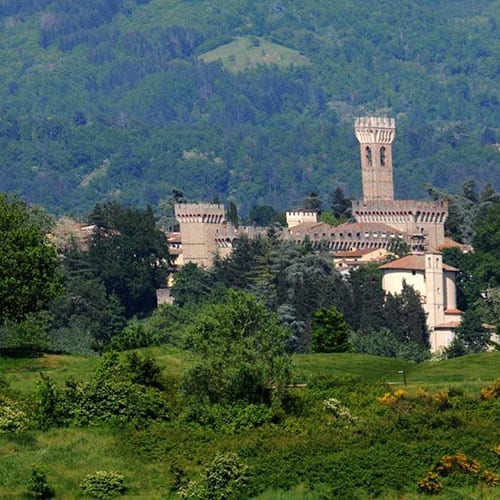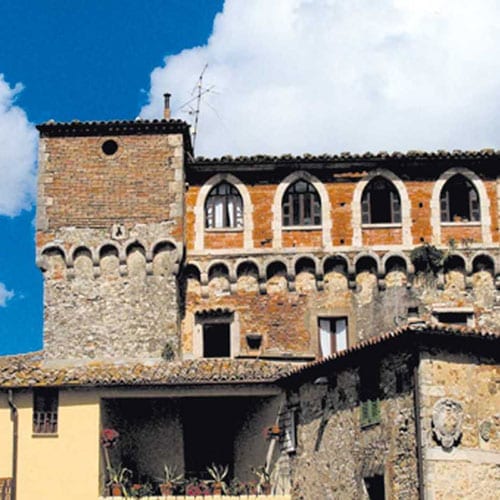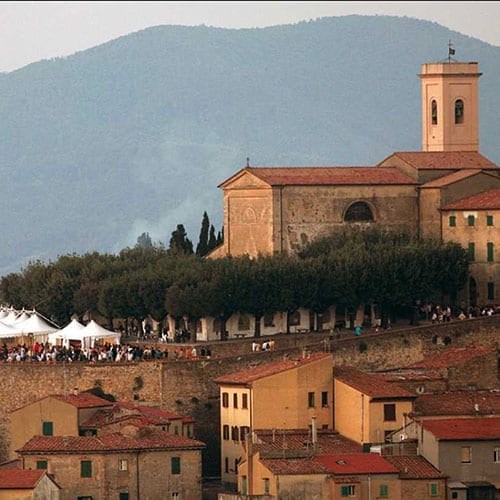 Campiglia Marittima
Campiglia Marittima
MUNICIPALITY OF campiglia marittima
(Provincia di Livorno)
AltitudE
m. 15 – 600 s.l.m.
POPULATION
12625 (379 entro le mura del borgo)
patron
San Fiorenzo, 15 maggio
TOURIST INFORMATION
Palazzo Pretorio
Via Cavour
tel. 0565 839264 – 0565 226445 (0565 838470 periodo estivo)
www.comune.campigliamarittima.li.it
www.parchivaldicornia.it
https://www.parchivaldicornia.it/parchi-archeologici/parco-archeominerario-di-san-silvestro/
instagram @comune_campiglia_marittima
facebook @comunedicampigliamarittima

Set on the top of two hills and overshadowed by a fortress, Campiglia Marittima is a maze of streets and alleys welcoming visitors arriving from the seaside or from the hinterland. In its Pisan-style tower houses and 19th century residences, you can read the transformations of time. Towards the sea, the view sweeps over the valley to the islands of the Tuscan archipelago, Corsica and Argentario. The urban layout retains much of the materials and colours of its medieval past, the ancient stones blend with the borgo’s vibrant murals made by local young artists in the public spaces and gardens, the sweet aroma of local schiaccia, still made to an ancient recipe, emanates from the bakeries. The Fortress occupies a semi-circular area on the highest hill and includes a dungeon, an ancient cistern and imposing crenellated walls. It houses a museum of artefacts from the fortress, including an almost complete suit of armour, a helmet and a small collection of weapons. The 19th century Teatro dei Concordi, the Church of San Lorenzo, the Museum of Sacred Art and the Churches of Sant’Antonio and San Sebastiano are also worth visiting. The Praetorian Palace dating back to the 13th century, was the home of the Capitano di Giustizia sent from Florence to administer justice, secure and defend the borgo between the 15th and 17th centuries.
Must-see
•The Romanesque Church of San Giovanni is built outside the walls, on a hill in front of the town. It hosts a marble relief with scenes symbolizing the defeat of evil by Christ from the 12th century.
•The Venturina Terme hamlet has an Art Nouveau heart, a contemporary soul and Roman roots. It is also a renowned spa, its thermal waters were known to the Etruscans and Romans. Visitors can bathe all year round in its thermal swimming pools and ponds.
Carciofo Pride, end of April: this festival honours the local agricultural excellence, the artichoke.
The local specialty called schiaccia campigliese is a moreish, crunchy sweet made with flour, lard, eggs, sugar and pine nuts. Popular since the 19th century, this cake is celebrated in an annual festival. Local products include wine and artichokes.
Campiglia lies in the Cornia Valley between hills and plains, overlooking the coastal strip that goes from the Gulf of Follonica to the coast of San Vincenzo. From the hills, included in the Costa degli Etruschi Wine Route, you can enjoy a suggestive view of the Tuscan Archipelago and northern Corsica.




